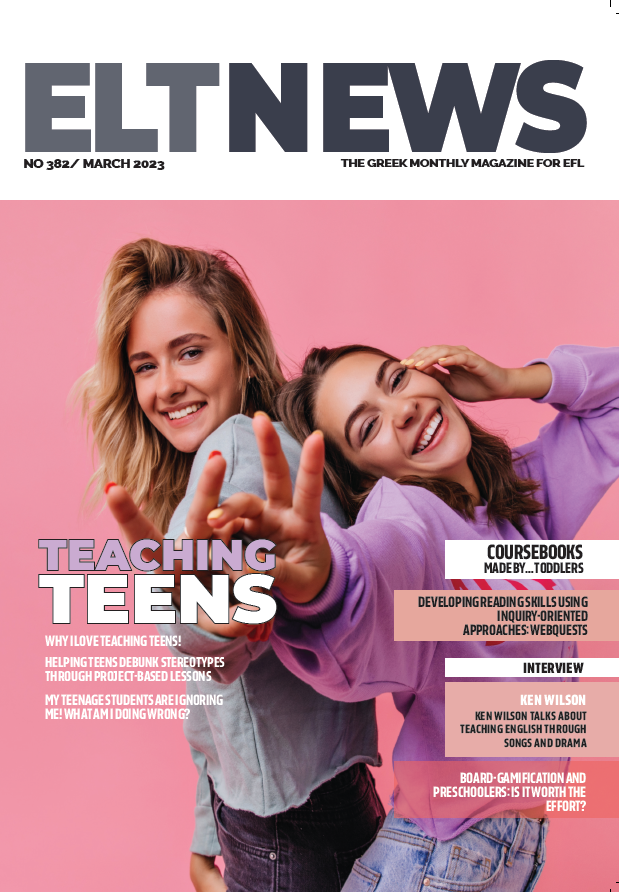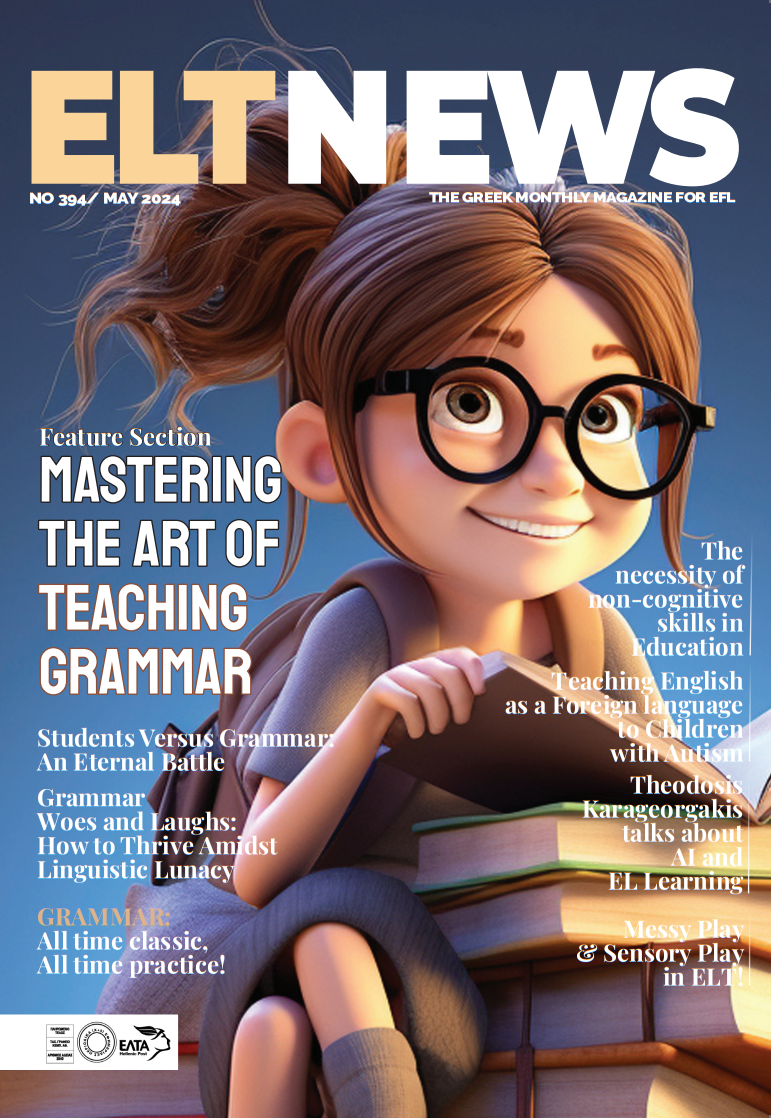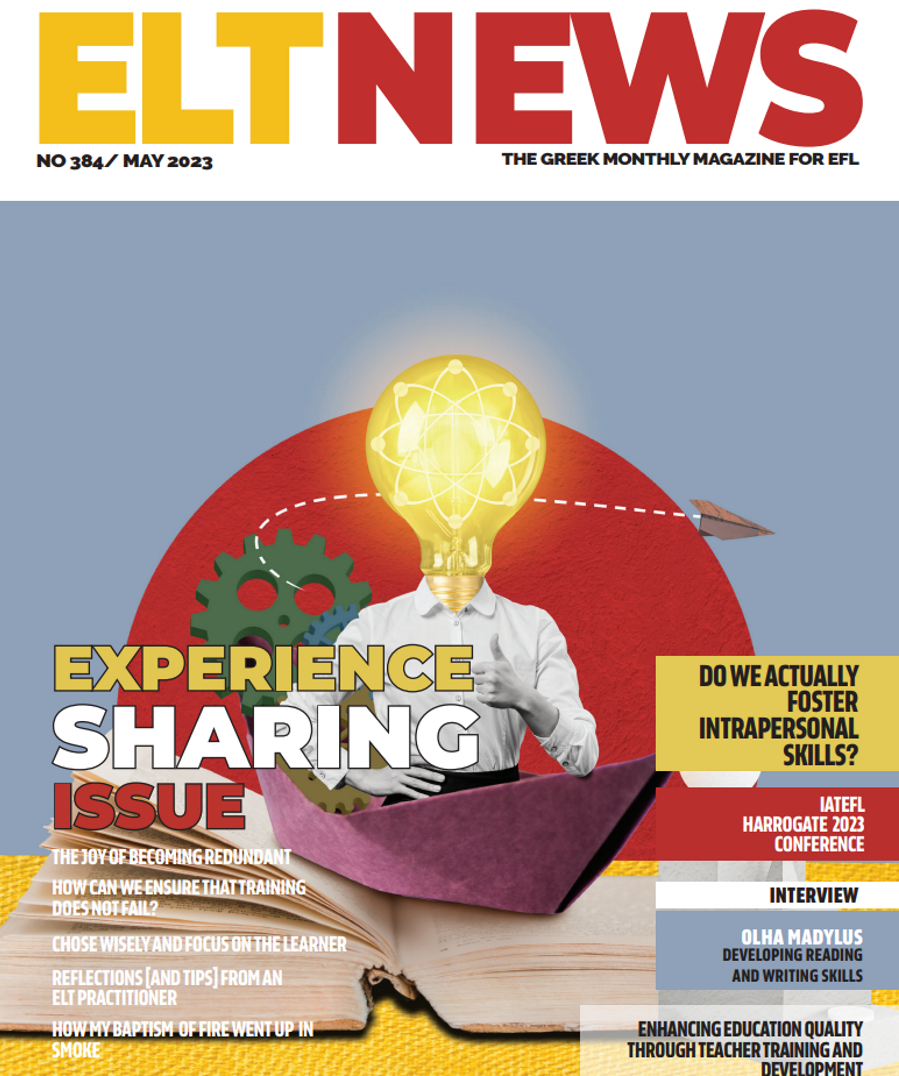Picture this: A classroom where learning English feels alive—no more endless verb drills or blank stares at boring grammar charts. Instead, imagine a lively space where students are eager to learn, where words leap off the page and straight into real-life conversations.
We've all been there: traditional language classes often felt like a grind—tedious drills, uninspiring exercises, and a gap between what we learned and how people actually speak. Thankfully, those days are behind us. Today, learning English is an exciting journey that goes far beyond the dusty old textbook.
I very often use videos and podcasts in my classroom. Let me share a quick story: once, I used a podcast about a backpacker’s adventures in England. Students didn’t just study grammar—they listened to real conversations, picked up slang, discovered cultural nuances, and actually got excited about the language. That’s the magic of using fresh, real-world materials.
Why Textbooks Alone Fall Short
Traditional textbooks are like bland, pre-packaged meals. Predictable, sure—but where’s the excitement? Modern learners crave something richer—materials that feel authentic, relevant, and connected to how English is spoken in everyday life.
Think about how babies learn to speak. They don’t start with grammar rules—they absorb language by listening, experiencing, and communicating. Supplementary materials mimic this natural process. Whether it’s a YouTube clip of street performers, a podcast on global topics, or an interactive game, these tools make learning more dynamic and engaging.
The Modern Educator’s Toolkit
Today’s teachers are like DJs, curating the best mix of resources for their students. The options are staggering: apps, digital platforms, virtual reality experiences—you name it. But it’s not about using technology for its own sake; it’s about finding tools that genuinely improve learning and spark students’ interests.
Imagine an app that instantly identifies where a student struggles and offers tailored support. Or an AI that simulates conversations, letting students practice safely and learn from mistakes. This isn’t just language learning—it’s about creating immersive, personalized experiences.
Personalization: The Key to Modern Learning
Every class is different. You’ve got visual learners, auditory learners, fast-paced thinkers, and students who need extra time. Supplementary materials let teachers cater to everyone, providing challenges for advanced learners and support for those who need it most.
A competitive student might love a vocabulary game. A curious mind might be drawn to a documentary. A musical learner might use songs to master grammar. It’s all about meeting students where they are, recognizing that no two learners are the same.
Bridging the Accessibility Gap
Here’s the catch: not every school can afford cutting-edge tools. Some students miss out simply because of where they live or their school’s budget. That’s why collaboration is essential—between teachers, policymakers, tech developers, and content creators.
We need to ensure these amazing resources reach all classrooms, regardless of socio-economic barriers. Innovation is only meaningful if it’s accessible to everyone.
The Future: Language Learning as Exploration
The future of English learning is collaborative, exciting, and centered on students. It’s about breaking away from old-fashioned methods and showing learners that English isn’t just a subject—it’s a gateway to connecting with the world.
For teachers willing to experiment and embrace new tools, the potential is boundless. Supplementary materials aren’t extras—they’re the bridges between classroom lessons and real-world conversations.
Imagine learning English as less of a chore and more of an adventure. Every lesson becomes a portal to exploring new cultures, perspectives, and ways of connecting. This isn’t just education. It’s transformation.



